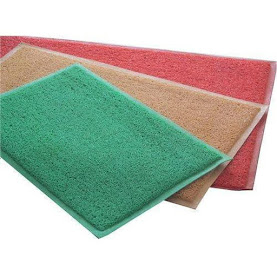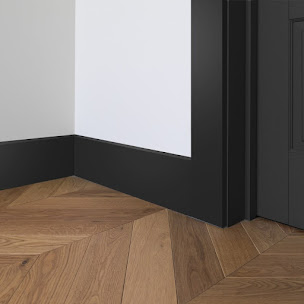How Many Types of Floor Mats
Floor mats are covers that are used to protect floors in vehicles, buildings, and other structures. They are used to protect the flooring beneath from scratches, spills, dirt, and other damage. Floor Mats are typically made of substances including rubber, vinyl, and carpet, which come in a variety of sizes and styles, to match various places.
Additionally, they can be specially made to fit a floor's precise curves; alternatively, there is a standard form that can be applied in a number of contexts. The advantages of every type, and some advice for picking the best mat for your location.
Types of floor mats:
Carpet mats:
One of the most widely used forms of floor mats, carpet mats are frequently used in homes as well as offices. They are constructed of a plush, soft material that is meant to feel cosy to walk on. Additionally, they come in a variety of colours and designs to match the decor of any room. Carpet mats are ideal for high-traffic areas since they are excellent at capturing dirt and debris.
Classic floor mats:
Anti Slip Floor Mats for the floor are interior mats that add to the atmosphere of your room while protecting your floor. While offering aesthetic appeal and comfort to customers and staff, these multipurpose floor mats will prevent dirt, dust, as well as moisture from penetrating your floors. Use traditional floor mats in: Almost any area within an indoor commercial space, particularly high-traffic areas and areas where there is a potential for slip-and-fall accidents.
Medical mats:
Medical mats are designed for use in hygienic settings, such as hospitals. Medical mats are made to prevent contamination in the industry. Sterilization components in these mats never run out. Medical mats can provide a variety of other practical advantages in addition to reducing infection in healthcare facilities, such as slip resistance, anti-fatigue, and even vibration and sound reduction.
Anti-fatigue floor mats:
Invest in some business anti-fatigue floor mats to keep your staff happy. When performing duties that involve a lot of standing, anti-fatigue floor mats reduce the strain on your employees' legs and backs. They work best when placed close to bars, sinks, cooking stations, prep areas, assembly lines, registers, and guest stands.
Entrance mats:
In order to protect prevent soil and other debris, entrance mats are the initial line of protection. To remove the most dirt, these are comprised of thick fabrics like nylon or a combination of fabrics. These mats are crucial for capturing moisture and dust from sneakers since they are made using ribbed patterns and moisture-absorbing borders. These mats have a vinyl or rubber backing that provides a secure hold on slick, slippery floors.
Bathroom mats:
These mats are intended specifically for bathroom use and are frequently constructed of a material that is moisture-resistant, such as rubber or vinyl. They might feature a surface that is textured or curved to increase traction and lessen the chance of falls.




Comments
Post a Comment